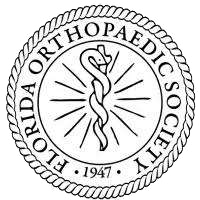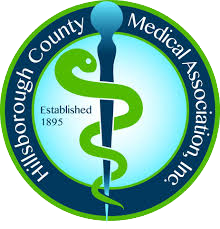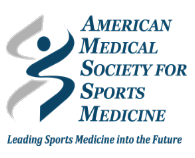When recovering from an injury or surgery, many people focus only on the operation itself. But healing doesn’t stop once you leave the hospital or doctor’s office. Rehabilitation plays a huge role in how quickly and fully you get back to normal life. Alongside physical therapy and rest, modern medicine now offers advanced options to help your body heal more naturally. These treatments fall under the category of regenerative therapy for orthopedic rehabilitation and include PRP, stem cell therapy, and injection therapy.
What Is Regenerative Therapy?
Regenerative therapy uses the body’s own natural resources to repair and rebuild injured tissues. Instead of only treating symptoms with medication, these therapies encourage healing from the inside out. Doctors use regenerative medicine in orthopedic rehab to treat joints, muscles, tendons, and ligaments that are slow to recover on their own.
How PRP Supports Recovery
Platelet-rich plasma (PRP) therapy is one of the most widely used regenerative treatments. Platelets are tiny cells in your blood that help with clotting, but they also release growth factors that signal your body to repair itself.
Here’s how it works:
- A doctor takes a small sample of your blood.
- The blood is placed in a machine that spins it to concentrate the platelets.
- The concentrated platelets are then injected into the injured area.
Using PRP for recovery can help reduce inflammation, repair tissue, and improve mobility. It’s commonly used after tendon or ligament injuries, joint surgery, or conditions like tennis elbow. Many patients notice less pain and more movement over time because PRP jump-starts natural healing rather than masking symptoms.
How Stem Cell Therapy Helps After Surgery
Stem cell therapy after surgery is another regenerative option that continues to gain attention. Stem cells are unique because they can develop into different types of tissue, including muscle, cartilage, or bone. This makes them powerful tools for orthopedic care.
In most cases, stem cells are taken from your own bone marrow or fat tissue. Once collected, they’re processed and injected into the area that needs healing support. These cells go to work by repairing damage, reducing inflammation, and in some cases even regenerating new tissue.
For people recovering from joint replacements, ligament repair, or chronic arthritis, stem cell therapy may improve strength and function. While research is ongoing, many patients have reported long-lasting relief and improved quality of life with this approach.
How Injections Support Healing
Not all injections are the same, and they go beyond traditional cortisone shots. Today’s injection therapy for healing focuses on repairing damage and improving recovery, not just reducing pain.
Common types include:
- Hyaluronic acid injections – often used for arthritis, these help lubricate stiff or painful joints.
- Biologic injections – such as PRP or stem cell-based solutions, which encourage repair and healing.
- Prolotherapy – a treatment that stimulates the body to strengthen weak tendons or ligaments.
By delivering targeted medicine directly where it’s needed, injection therapy can help patients return to activity faster and make physical therapy more effective.
How These Therapies Fit Into Orthopedic Rehab
Surgery may correct an injury, but orthopedic rehab is what helps you get back to living your life. Regenerative therapies are often combined with rehab programs to make recovery smoother.
- After surgery: PRP or stem cells may help tissue heal faster so therapy can start sooner.
- For chronic injuries: Injections may provide lasting relief that allows patients to keep up with rehab exercises.
- During physical therapy: Regenerative therapies can reduce pain and stiffness, making therapy less difficult and more productive.
What to Expect
If you’re considering regenerative therapy, it’s helpful to know:
- Most treatments are outpatient and take less than an hour.
- Side effects are typically mild, such as temporary soreness at the injection site.
- Multiple sessions may be needed depending on your condition.
- These therapies are most effective when combined with physical therapy, exercise, and healthy lifestyle habits.
Get the Right Support for Your Recovery
Recovering from surgery or injury takes more than time—it takes the right support. Regenerative therapy for orthopedic rehabilitation uses your body’s own resources to heal from within. Whether it’s PRP for recovery, stem cell therapy after surgery, or injection therapy for healing, these treatments can reduce pain, speed recovery, and improve long-term function.
If you’re facing surgery or struggling with an orthopedic condition, talk with your doctor about whether regenerative therapies could be part of your recovery plan. They’re helping more people move beyond surgery and return to everyday life with less pain and more confidence.
Are you interested in learning more about regenerative therapy and how it could support your recovery? Call (813) 253-2406 or fill out our online form to schedule a consultation with one of our orthopedic specialists. Tampa Orthopaedic & Sports Medicine is located in Tampa, FL, and proudly serves patients from the surrounding communities.












